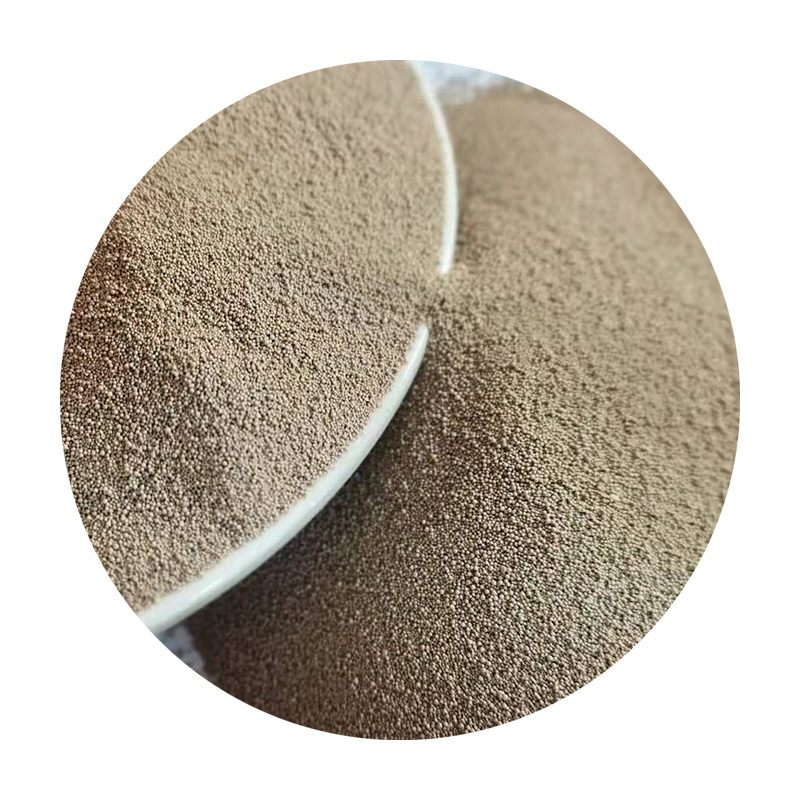Sand Casting Applications An Overview
Sand casting, one of the oldest and most widely used metal casting processes, involves creating a mold from a mixture of sand, clay, and water, into which molten metal is poured. This method has been utilized for centuries, primarily due to its flexibility, cost-effectiveness, and the ability to produce complex shapes and sizes. Its applications span various industries, from automotive to aerospace and manufacturing. This article provides a comprehensive overview of sand casting applications, highlighting its advantages and specific uses in different sectors.
1. Automotive Industry
The automotive industry is one of the most significant beneficiaries of sand casting. It is used to produce various engine components, transmission housings, and other critical parts that require durability and high tolerances. The ability to create complex geometries makes sand casting ideal for manufacturing intricate components like cylinder heads, which require precise dimensional accuracy and a good surface finish. Moreover, the process allows for the incorporation of complicated designs while maintaining a cost-effective solution for mass production.
2. Aerospace Applications
In aerospace, the need for weight reduction and high structural integrity cannot be overstated. Sand casting is utilized to manufacture components such as turbine housings, engine blocks, and structural brackets. These parts must withstand extreme conditions, and sand casting provides the necessary mechanical properties. The ability to create lightweight yet strong components through sand casting is particularly beneficial in minimizing fuel consumption and enhancing performance in aircraft.
3. Machine Parts Manufacturing
Manufacturers often rely on sand casting to produce machine parts that require precise fitting and high wear resistance. This is particularly important in industries where machinery operates under stressful conditions, such as mining or heavy machinery manufacturing. Sand cast components, such as gears, levers, and housings, can be engineered to meet specific performance standards, ensuring longevity and functionality under demanding operational situations.
4. Artistic and Architectural Applications
sand casting applications

Beyond industrial uses, sand casting has a rich application in the arts and architecture. Artists utilize sand casting techniques to create sculptures, decorative elements, and custom architectural fittings. The freedom of design afforded by sand casting enables artists to express their creativity, producing unique pieces that capture attention. The process allows for the reproduction of intricate designs while maintaining affordability, making it an appealing option for artists and designers.
5. Energy Sector
The energy sector, particularly oil and gas, relies on sand casting to manufacture components such as valve bodies, pump housings, and various fittings. These components often need to endure high pressures and temperatures, making the robust properties of sand-cast metals particularly valuable. The ability to produce large parts cost-effectively is essential in this industry, as downtime can lead to significant financial losses.
6. Artillery and Defense
Sand casting finds its niche in military applications, particularly the production of artillery components and other defense-related machinery. The strength and durability of sand-cast metal ensure that these components can withstand harsh conditions while maintaining operational reliability. Additionally, the possibility of custom designs allows for the creation of specialized components tailored to specific defense needs.
7. Custom Tooling and Prototyping
Another vital application of sand casting is in the creation of custom tooling and prototypes. Rapid prototyping is essential in modern manufacturing to test designs quickly and efficiently. Sand casting allows engineers to create prototypes of metal components without the high costs associated with traditional tooling. Once a design is validated, sand casting can also serve for low-volume production runs, offering flexibility to manufacturers.
Conclusion
Sand casting remains a vital technique in various industries due to its versatility, cost-effectiveness, and ability to produce complex shapes. Its applications range from automotive and aerospace to the artistic realms, showcasing the method's adaptability. As technology advances, new techniques and materials are continually being explored in sand casting, promising to enhance its capabilities and applications further. The enduring relevance of sand casting in modern manufacturing underscores its importance in both historical and contemporary contexts, ensuring it will continue to play a critical role in the future of production processes.
Post time:نوامبر . 11, 2024 12:56
Next:should you sand 3d prints
